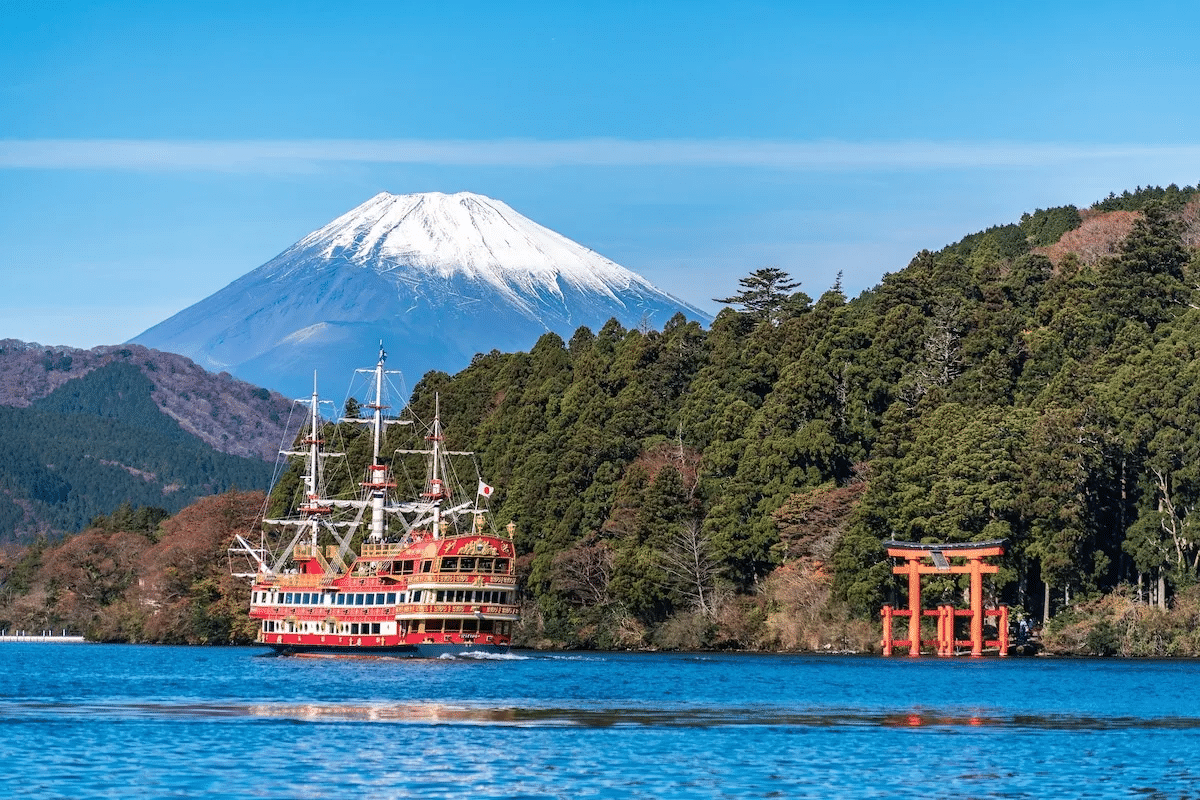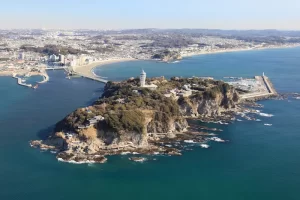How to Get from Tokyo to Hakone by Train
Do you long for a quiet getaway from Tokyo’s skyscrapers to Japan’s misty mountains and boiling hot springs? Wishing to travel by train from Tokyo to Hakone without the hassle of complicated transfers or high ticket prices? This guide is precisely what you need.
Many visitors find Hakone to be top of the list for short journeys from Tokyo. Just 85 kilometers southwest of Japan’s capital, Hakone is well known for its beautiful views of Mt. Fuji, tranquil onsen, and picturesque natural paths. Planning this trip can seem rather daunting—especially for first-timers given several train routes and ticketing choices. This is where this guide helps.
Let me show you how to travel by train from Tokyo to Hakone, including insider advice, thorough route breakdowns, and the sort of hands-on, experience-based advice you would receive from a well-traveled friend.
Reasons to Select Train Travel from Tokyo to Hakone?
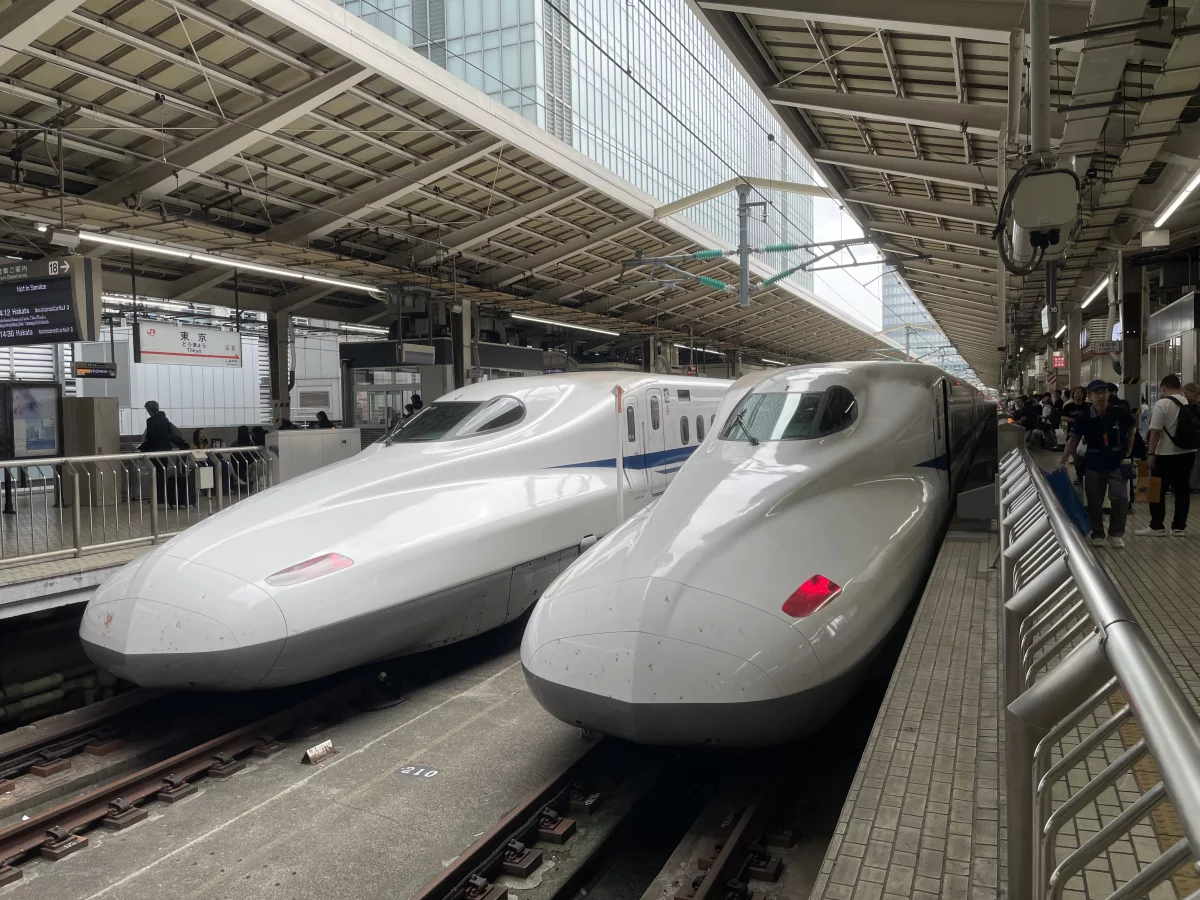
Let’s first discuss the why before we dissect the how.
One of the most popular and practical ways to travel from Tokyo to Hakone is by train. Even if you don’t know a word of Japanese, Japan’s rail system is renowned for its on-time, comfortable, and simple operation. The trip itself turns into part of the adventure and trains provide a stress-free way to leave the city.
Advantages of Train Travel:
- 🏠 Speed & Efficiency: You can get to Hakone in as little as 85 minutes.
- 🌄 Scenic Views: Watch the city fade into countryside with mountain scenery and river valleys.
- 💺 Comfortable Rides: Clean facilities, large windows, reserved seating.
- 🚉 Convenient Access: Many train lines, including express and local services, provide access.
Planning Your Trip: What You Should Know
✅ Ideal Times to Visit Hakone
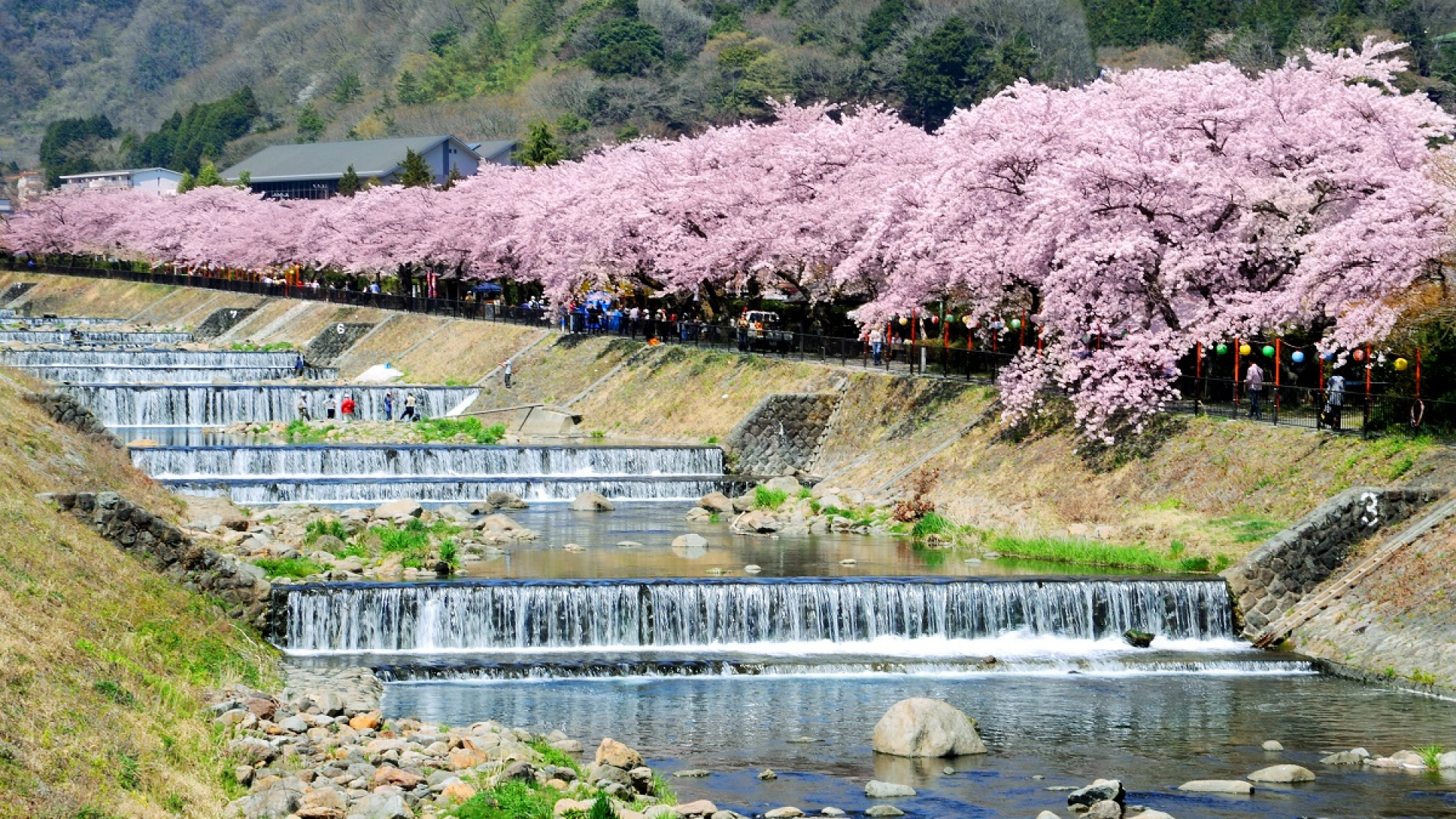
Hakone is a year-round destination, but each season offers something special:
- Spring (March–May): Cherry blossoms & fresh air
- Autumn (Sept–Nov): Fall foliage & onsen-perfect weather
- Winter (Dec–Feb): Clear Fuji views & fewer crowds
- Summer (June–Aug): Cool mountain air, occasional showers
💡 Book tickets in advance for cherry blossom and autumn foliage seasons.
✅ Packing List for a Day Trip
- Comfortable walking shoes
- Light layers (mountain weather can change quickly)
- Water bottle
- Rain jacket or umbrella
- Phone charger / power bank
- Camera
- Preloaded IC card (Suica/Pasmo) or Hakone Freepass
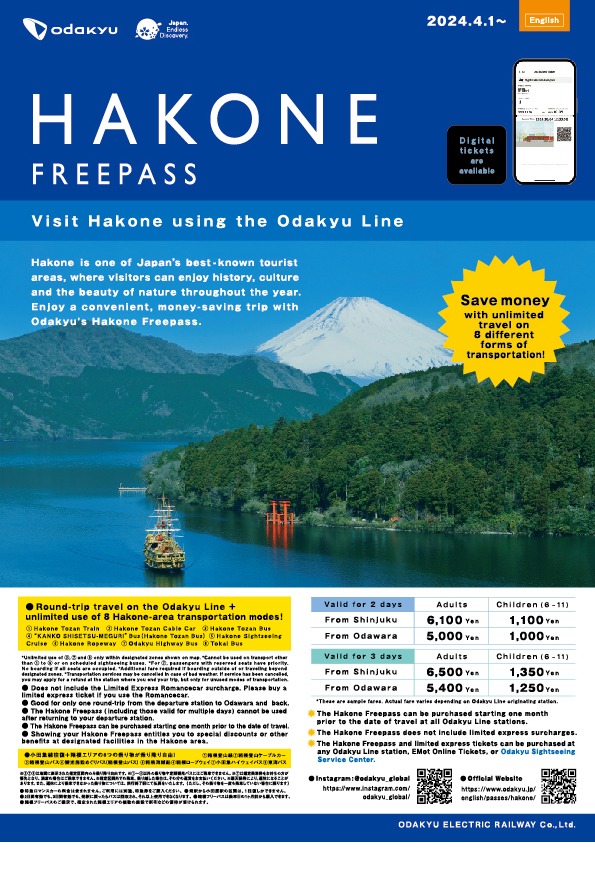
🧳 Overnight? Add change of clothes, toiletries, and swimsuit for onsen stays.
✅ Where to Buy Train Tickets
- Ticket vending machines (English available)
- JR or Odakyu travel service counters
- Online (official rail websites or apps)
- Travel passes (JR Pass or Hakone Freepass)
💡 The Hakone Freepass is a tourist favorite — includes round-trip travel and unlimited use of local transport in Hakone.
Train Routes – The Two Best Train Routes from Tokyo to Hakone
🚄 Route 1: Odakyu Romancecar from Shinjuku Station
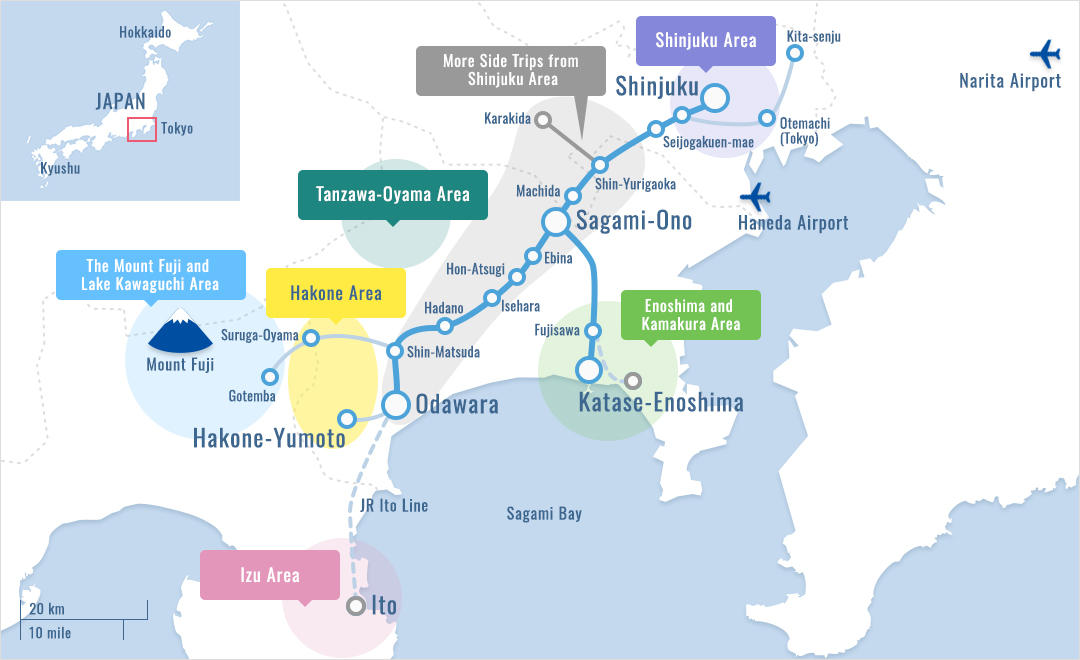
Best for: first-time travelers, convenience, direct ride
✅ Step-by-Step:
- Start at Shinjuku Station
- Follow signs for Odakyu Line (connected to Odakyu Department Store)
- Purchase Ticket or Hakone Freepass
- Visit Odakyu Sightseeing Center (English-friendly staff)
- Board the Romancecar
- ~85 min to Hakone-Yumoto Station
- Reserved seating, large panoramic windows
- Arrive at Hakone-Yumoto
- From here, connect to buses or ropeway (covered by Freepass)
💡 Buy Romancecar tickets early; they sell out during weekends and holidays. 🛑 JR Pass NOT valid on Romancecar.
🚄 Route 2: JR Shinkansen from Tokyo Station to Odawara + Hakone Tozan Railway
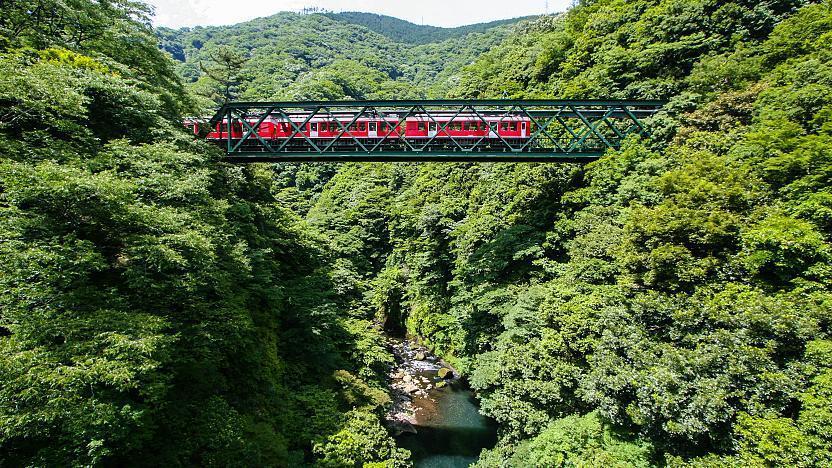
Best for: JR Pass holders, bullet train experience
✅ Step-by-Step:
- Go to Tokyo Station
- Use Tokaido Shinkansen (Hikari or Kodama to Odawara)
- Ride Shinkansen to Odawara Station
- ~35–40 min of smooth, high-speed travel
- Transfer to Hakone Tozan Railway
- Zigzag up the mountains ~15 min to Hakone-Yumoto
- Arrive at Hakone-Yumoto
- Connect to buses, ropeway, or sightseeing
💡 Shinkansen has Wi-Fi and snacks onboard. 🚋 The scenic Hakone Tozan train is famous for hydrangeas in summer.✅ JR Pass covers Shinkansen (but not the Hakone Tozan Line).
🚆 Route Comparison Table
| Feature | Odakyu Romancecar (Shinjuku) | JR Shinkansen + Tozan Line (Tokyo) |
| Total Travel Time | ~85–100 mins (direct) | ~60–70 mins (with transfer) |
| Cost | ~¥2,300–2,800 (with Freepass) | ~¥3,500 (one-way, no JR Pass) |
| Transfers | None | 1 transfer at Odawara |
| Covered by JR Pass | No | Partially (Shinkansen only) |
| Scenic Route | Yes (panoramic windows) | Partial (Tozan is scenic) |
| Ease for Tourists | High (direct + Freepass) | Moderate (requires a transfer) |
Rail Passes Can Help You Save More Money While Traveling
The cost of traveling throughout Japan is not the least expensive in the world, let’s face it. However, if there is one thing that the nation does well, it is the provision of train passes, which make traveling within the region more easy and less expensive.
When determining how to travel by rail from Tokyo to Hakone, selecting the appropriate pass can help you save both money and time along the journey. Both the Hakone Freepass and the JR Pass are two of the most popular choices that tourists take into consideration. This is how each one operates.
Choice 1: The Hakone Freepass program
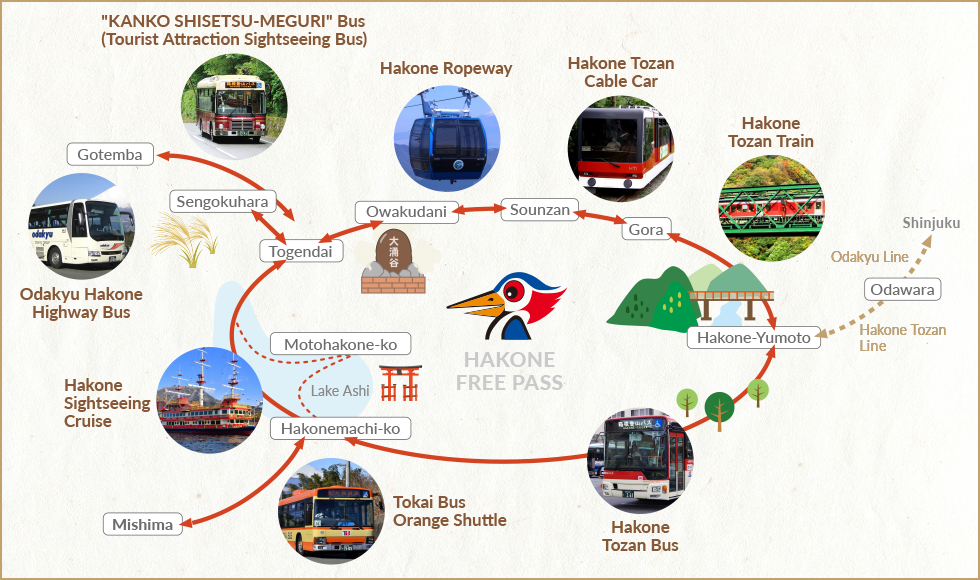
It is highly recommended that you get this pass if your journey will primarily focus on Hakone and the areas surrounding it.
- The service includes a round-trip train travel between Shinjuku and Hakone-Yumoto, which is on the Odakyu Line within Tokyo.
- Access to the whole Hakone transportation network, including the Hakone Tozan Railway, Cable Car, Ropeway, Sightseeing Cruise, and local buses, without any restrictions.
- Discounts at over seventy different restaurants, museums, hot springs, and activities and attractions
- The cost in Shinjuku is ¥6,100 for a two-day trip.
- A three-day trip from Shinjuku costs ¥6,500 (it is slightly less expensive if you depart from Odawara).
- First-time tourists who are interested in exploring several regions of Hakone are the target audience for this tour.
- The kind of travelers that enjoy being adaptable and taking unplanned diversions
- Anyone who is interested in saving money on a number of different rides and attractions
Choice 2: The Japan Rail Pass (also known as the JR Pass)
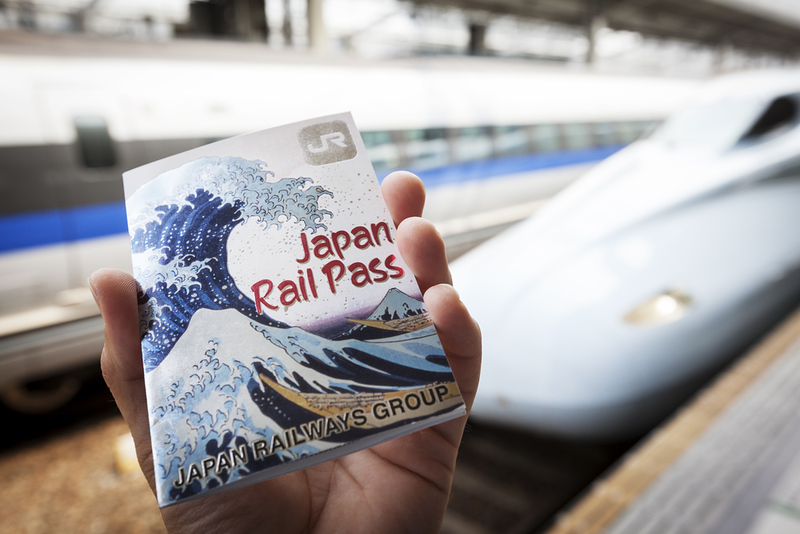
Plan on venturing beyond the confines of Hakone? If such is the case, the JR Pass might be better suitable for you.
- What It Covers: Unlimited travel on all Japanese Railways trains, including Shinkansen (with the exception of services provided by Nozomi and Mizuho).
- Getting to Odawara from Tokyo Station requires taking the Tokaido Shinkansen.
- This is an excellent deal for those who are traveling to Kyoto, Osaka, Hiroshima, or any other location on the Japan Railways network.
- The cost of a seven-day pass is ¥29,650.
- A 14-day pass costs ¥44,800 (prices fluctuate depending on the season and the exchange rate).
- Important: This does not include coverage for the Hakone-Yumoto (Hakone Tozan Railway) trip from Odawara.
- This brief portion will require you to make a separate payment of around ¥330.
- Travelers who are planning to visit multiple cities in Japan are the target audience for this product.
- Visitors who are staying for an extended period of time or who are exploring the surrounding area
🎫 Additional Option: The Tokyo Large Pass
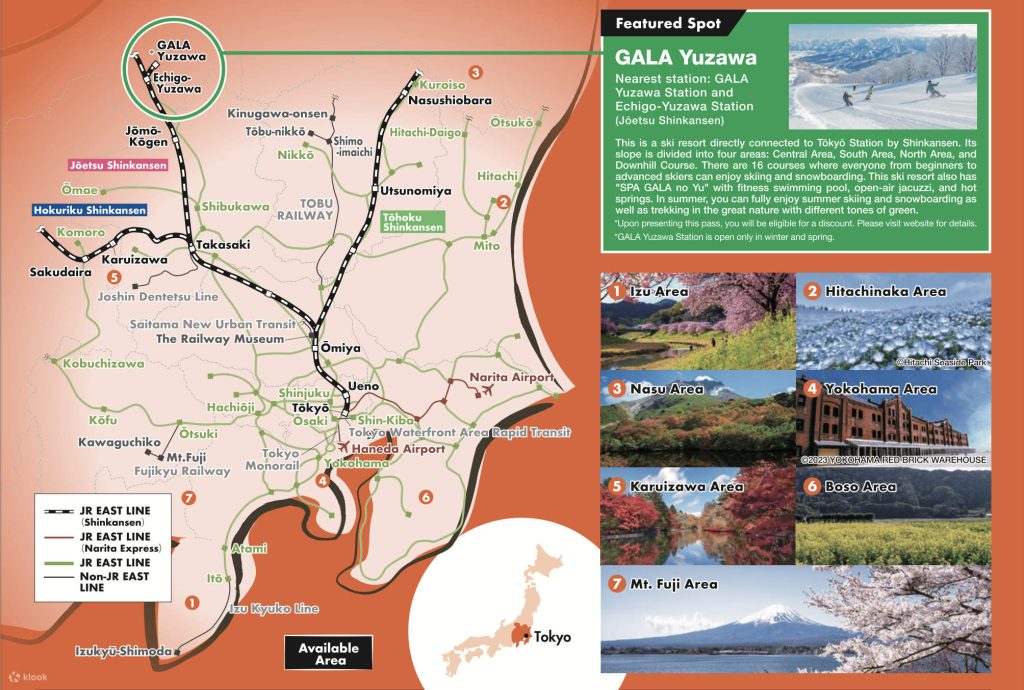
It is possible to use the Tokyo Wide Pass on JR lines throughout the Kanto region, including Odawara, if you are not planning to remain for an extended period of time but are still interested in a flexible and comprehensive rail alternative. In order to go from Odawara to Hakone-Yumoto, you will still be required to pay for transportation separately.
A Chart Comparing the Various Modes of Transportation Available from Tokyo to Hakone
In order to make your decision-making process easier, we have provided you with a helpful chart that compares the many forms of transportation that are available when determining how to travel by train from Tokyo to Hakone and beyond.
| Mode of Transport | Route | Total Travel Time | Estimated Cost | Comfort Level | Availability | Transfers | Covered by JR Pass? | Notes |
| Odakyu Romancecar | Shinjuku → Hakone-Yumoto (direct) | ~85 min | ¥2,330–¥2,800 | High | Frequent | None | ❌ No | Scenic and comfortable |
| Odakyu Express + Transfer | Shinjuku → Odawara → Hakone-Yumoto | ~100 min | ¥1,200–¥1,500 | Moderate | Frequent | 1 | ❌ No | Cheapest route |
| Shinkansen + Tozan Railway | Tokyo → Odawara → Hakone-Yumoto | ~60–70 min | ¥3,500+ | Very High | Very Frequent | 1 | ✅ Partially | Fastest route |
| JR Pass Route | Tokyo → Odawara (Shinkansen) | ~35–40 min | Included | High | Very Frequent | Yes | ✅ Yes | Add ¥330 to reach Hakone |
| Highway Bus | Shinjuku → Togendai / Hakone-Yumoto | ~2–2.5 hrs | ¥2,000–¥2,300 | Moderate | Frequent | None | ❌ No | Prone to traffic |
| Private Car/Taxi | Anywhere in Tokyo → Hakone | ~2 hrs | ¥20,000+ | High | On-demand | None | ❌ No | Most flexible, priciest |
What to Anticipate During the Course of the Train Transport
In light of the fact that we have discussed the planning and ticketing aspects of how to travel by train from Tokyo to Hakone, it is now time to investigate how the journey actually feels.
🛤️ Currently inside the Romancecar
One may compare the Romancecar to a first-class sightseeing experience that takes place on rails. Imagine chairs that completely recline, big windows that offer a panoramic view, and a cabin that has the atmosphere of a moving lounge. On board, you can even place orders for beverages and food. When it comes to couples, lone travelers, or families that are looking for a ride that is stress-free and offers wonderful views, this is an excellent option.
Among the highlights:
- Beautiful hills, rivers, and valleys with lush vegetation
- Seating is reserved, so there is no need to rush around looking for a decent location.
- a “Super Seat” class upgrade is available as an option.
- Complimentary Wi-Fi and sanitary restrooms aboard
The Shinkansen and the Tozan Line are both on board.
This combination provides you with the excitement of riding Japan’s famous bullet train as well as the allure of riding a sluggish mountain railway with switchbacks.
Shinkansen travels from Tokyo to Odawara.
- Extremely cutting-edge transportation
- Cars that are ultra-smooth and mute
- Incredible comfort, spacious seating, and built-in racks for baggage
- A variety of vending machines and food carts on board
Tozan Railway, which connects Odawara and Hakone-Yumoto,
- The allure of the past
- Those windows that open, the wooden floorboards that groan
- For excellent photographs, slow speed and switchbacks are essential.
- Hydrangea season or autumn foliage are the best times to visit.
🎒 Travel Advice for the Long-Term Trip
- Please be sure to check your seat reservations at all times, especially on weekends and holidays.
- Trains are punctual; they arrive ten to fifteen minutes early.
- Take a ride in the style of a picnic by purchasing bento boxes or snacks at the station.
- Keep a little amount of change on you at all times for safes, vending machines, and unforeseen purchases.
Upon arrival at Hakone, what is the next step in the journey?
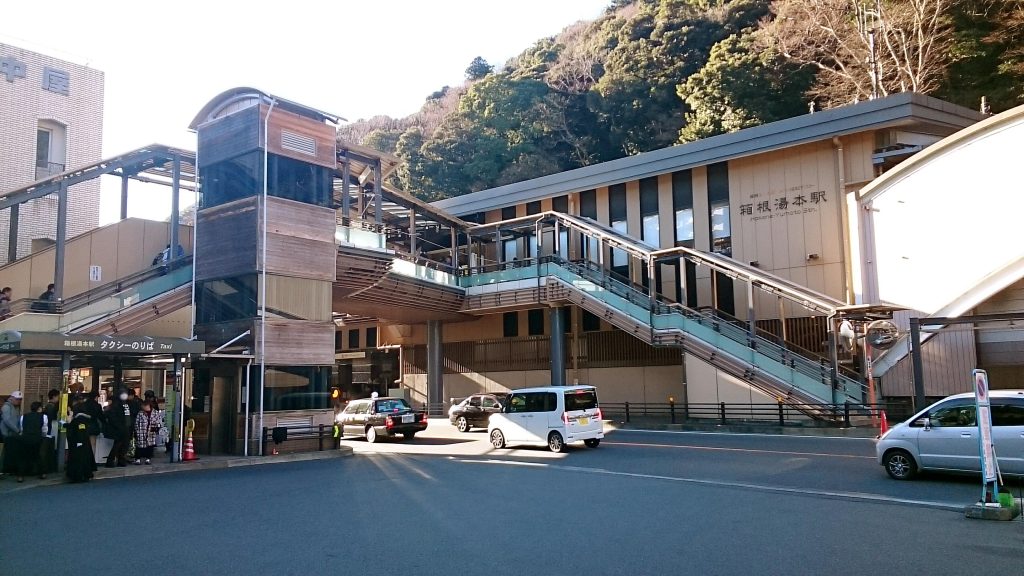
Hello, and welcome to the entrance to Hakone! The Hakone-Yumoto Station is a tourist-friendly organization that is highly organized. You will discover the following:
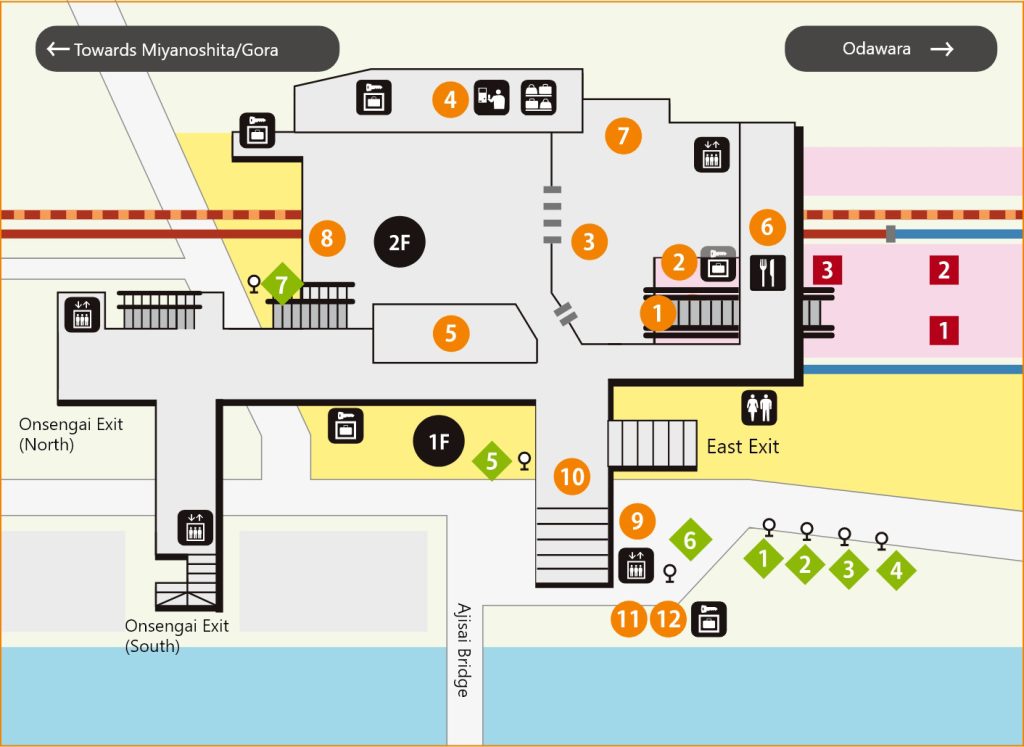
- Information center for tourists (with support for the English language)
- Terminal for buses that link to important attractions
- Coin lockers and services for forwarding luggage are available.
- Right at the exit, there are cafes and shops selling souvenirs.
- Freepasses cover all of the local transportation in Hakone, so you don’t have to use them!
You should not stop exploring once you have arrived in Hakone. The public transportation system in the area is a lot of fun!
- Connects you to Gora, Moto-Hakone, and Lake Ashi, the Hakone Tozan Bus makes this possible.
- You may take the Hakone Tozan Cable Car from Gora all the way up the hill to Sounzan.
- The Hakone Ropeway provides breathtaking vistas of Mount Fuji and the Owakudani Mountains.
- On the Hakone Sightseeing Cruise, you will travel around Lake Ashi on a boat decorated with pirates.
These transitions between modes of transportation are seamless and well-signed, and each method of transportation gives its own distinctive scenery.
🏞️ Famous Attractions in Hakone You Shouldn’t Miss
Once you’ve arrived in Hakone—whether by Romancecar or Shinkansen—you’ll find yourself surrounded by a lush, mountainous wonderland filled with history, culture, art, and natural beauty. Here are some of Hakone’s most iconic and must-visit spots to help you make the most of your journey.
🌋 Owakudani Valley (大涌谷)
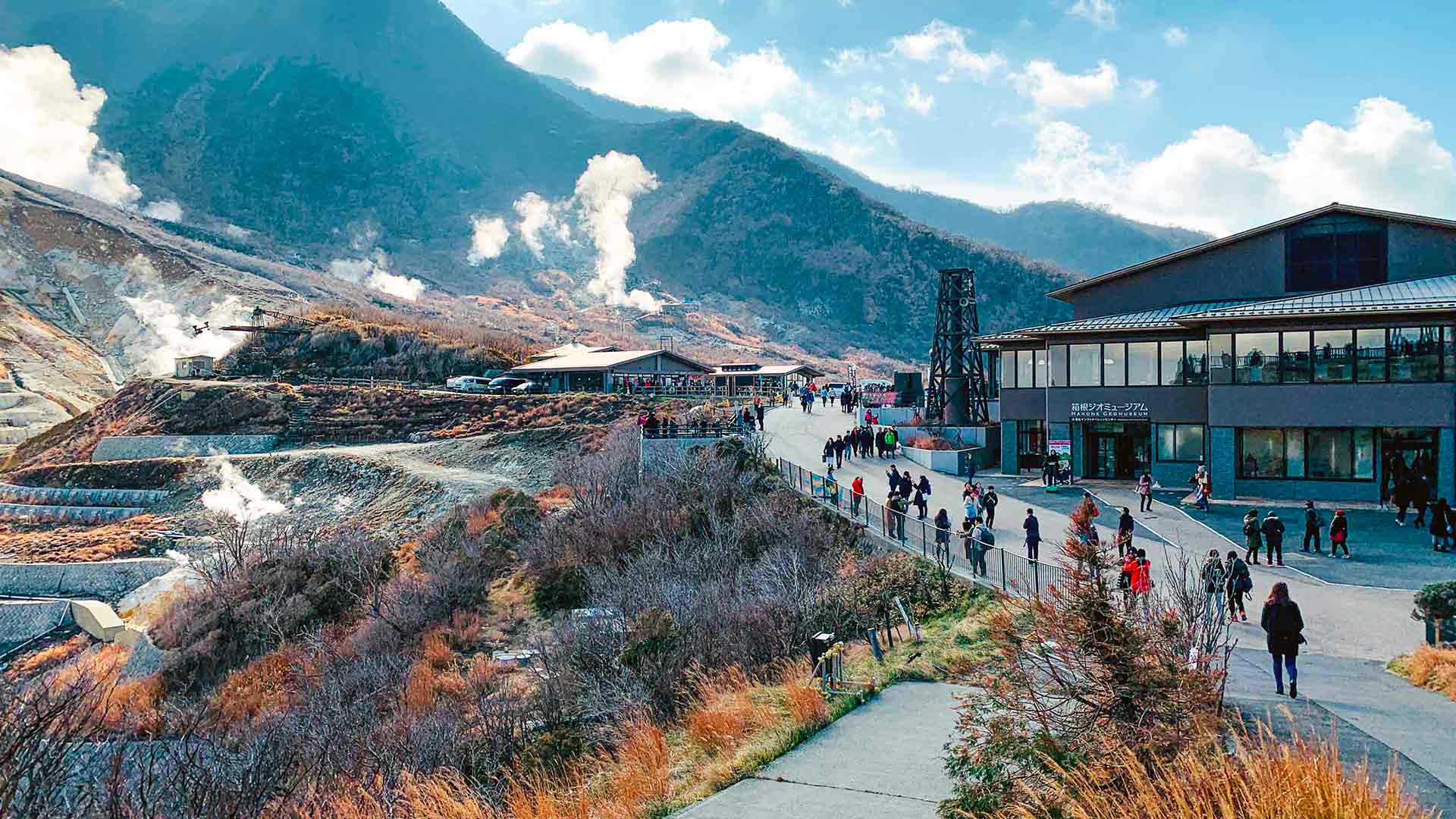
Why Go: A dramatic volcanic valley with bubbling hot springs and steaming vents—it’s like stepping into another world.
What to Do:
- Ride the Hakone Ropeway for panoramic views of the active sulfur fields.
- Try the famous black eggs (Kuro-Tamago), boiled in hot spring water and believed to add 7 years to your life!
- On clear days, get an unforgettable view of Mount Fuji in the background.
Tip: Bring a light scarf or mask—the sulfur smell is real but part of the experience.
🎨 Hakone Open-Air Museum (箱根彫刻の森美術館)
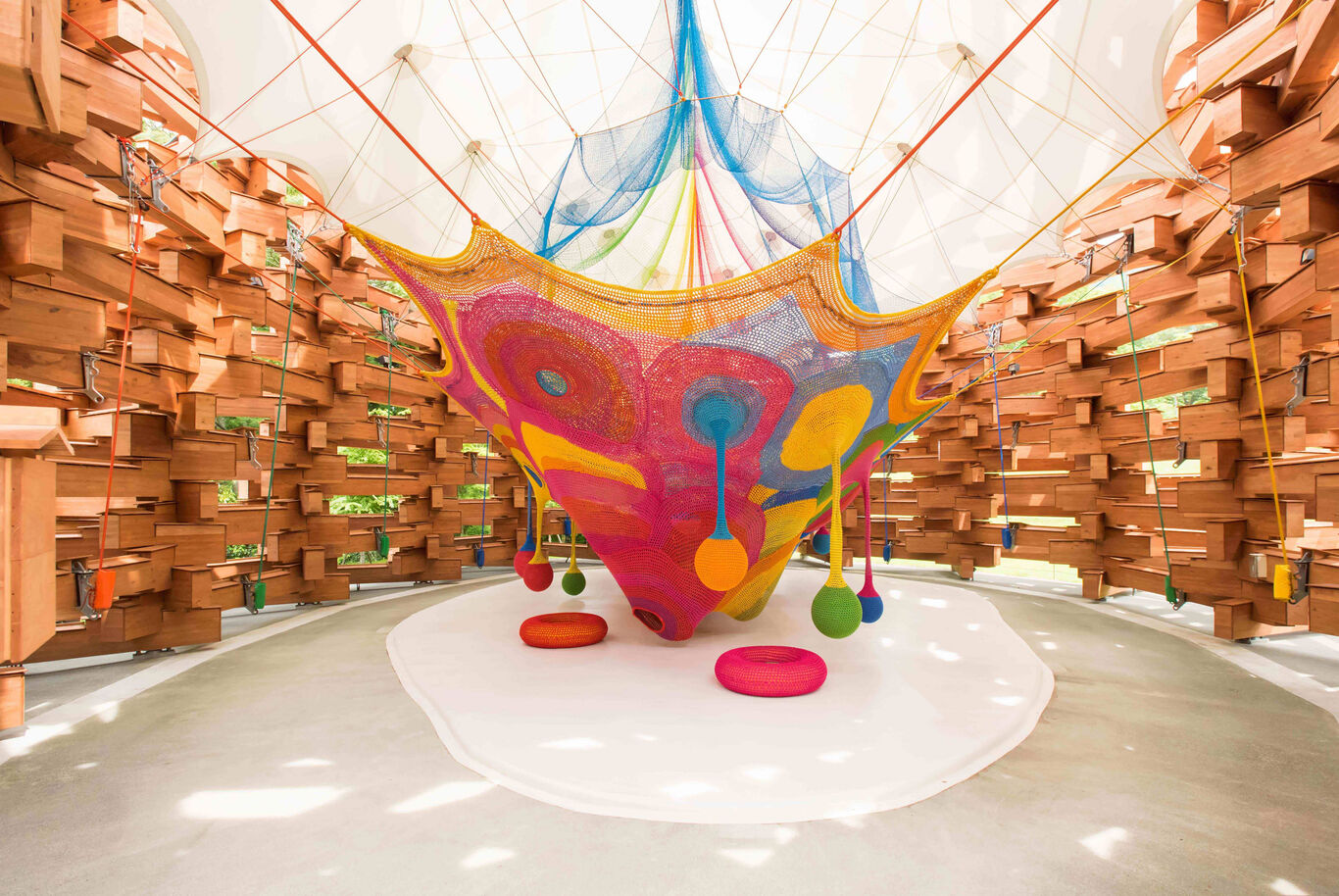
Why Go: This outdoor museum blends world-class sculpture with stunning mountain scenery.
What to See:
- Over 100 sculptures by famous artists like Picasso, Henry Moore, and Taro Okamoto.
- A dedicated Picasso Pavilion with paintings, ceramics, and rare works.
- A giant stained-glass tower you can climb for a breathtaking view.
Perfect for: Art lovers, families, and photographers.
🚢 Lake Ashi (芦ノ湖, Ashinoko)
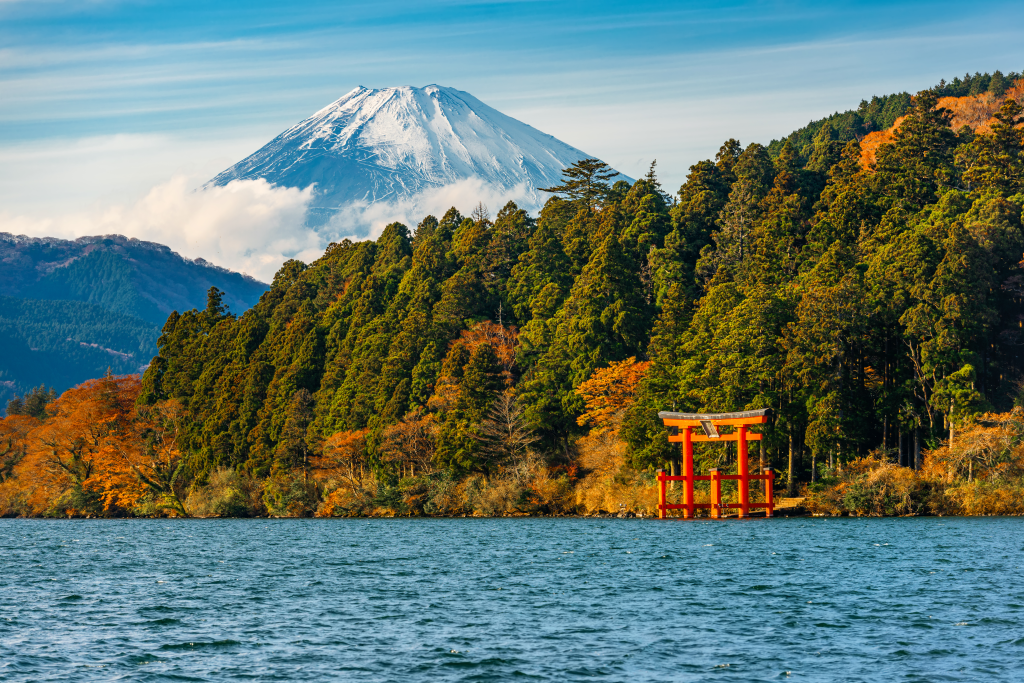
Why Go: A tranquil crater lake with views of Mt. Fuji, historic torii gates, and pirate-themed sightseeing boats.
Top Experiences:
- Ride a Hakone Sightseeing Cruise from Moto-Hakone to Togendai.
- Visit the Hakone Shrine, known for its stunning red torii gate rising from the lake.
- Rent a swan boat or take a lakeside walk at sunset.
Tip: Morning offers the clearest chance to see Mt. Fuji reflected in the lake.
🧖♂️ Hakone Yuryo Onsen (箱根湯寮)
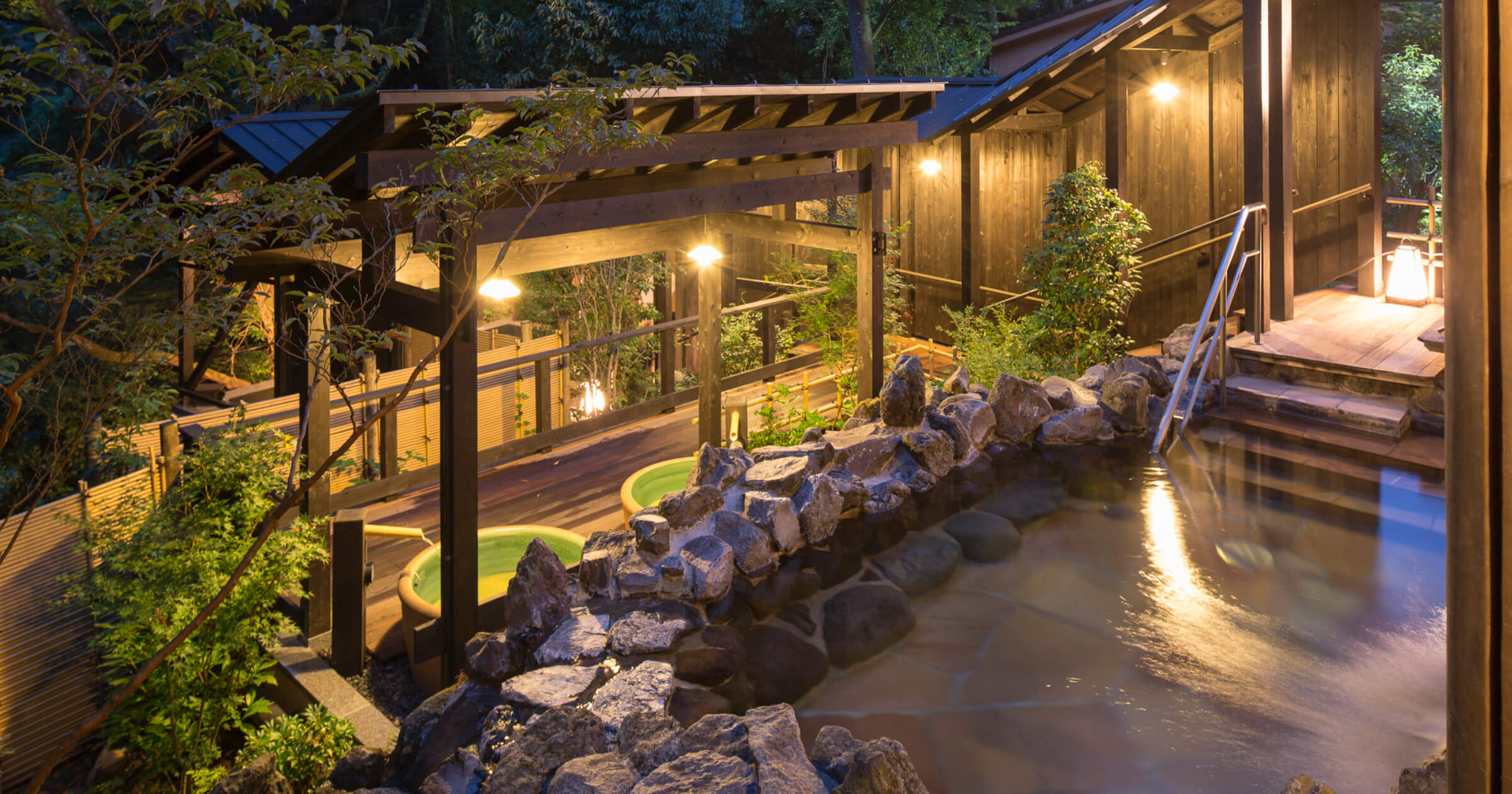
Why Go: A stylish, modern hot spring complex offering both public and private baths in a peaceful forest setting.
What’s Great:
- Easy access from Hakone-Yumoto Station via free shuttle.
- Perfect for first-timers who want to experience onsen in comfort.
- Private rooms available for couples or shy bathers.
Pro Tip: Go in the evening for a magical soak under lantern-lit trees.
🏯 Hakone Shrine (箱根神社)
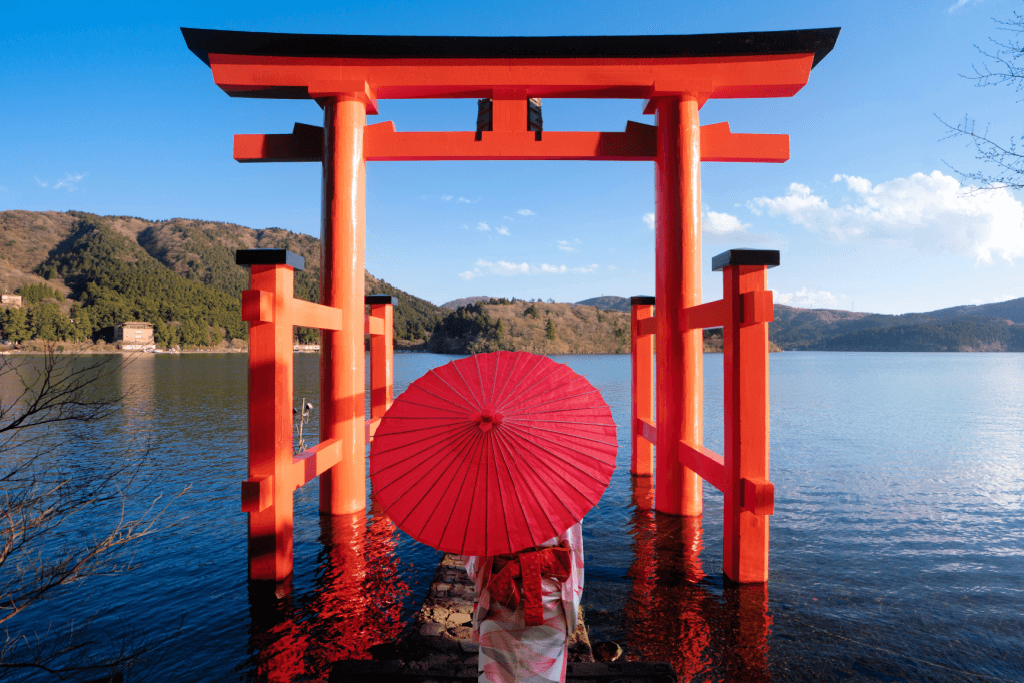
Why Go: A sacred and historic Shinto shrine hidden in a forest at the foot of Mount Hakone.
Highlights:
- The red Peace Torii Gate on the water is one of the most photographed spots in Japan.
- A peaceful walk through mossy paths lined with towering cedar trees.
- Popular with those praying for safe travels and good fortune.
Insider Tip: Visit early to avoid crowds and feel the full mystical atmosphere.
🧼 Suzuhiro Kamaboko Museum
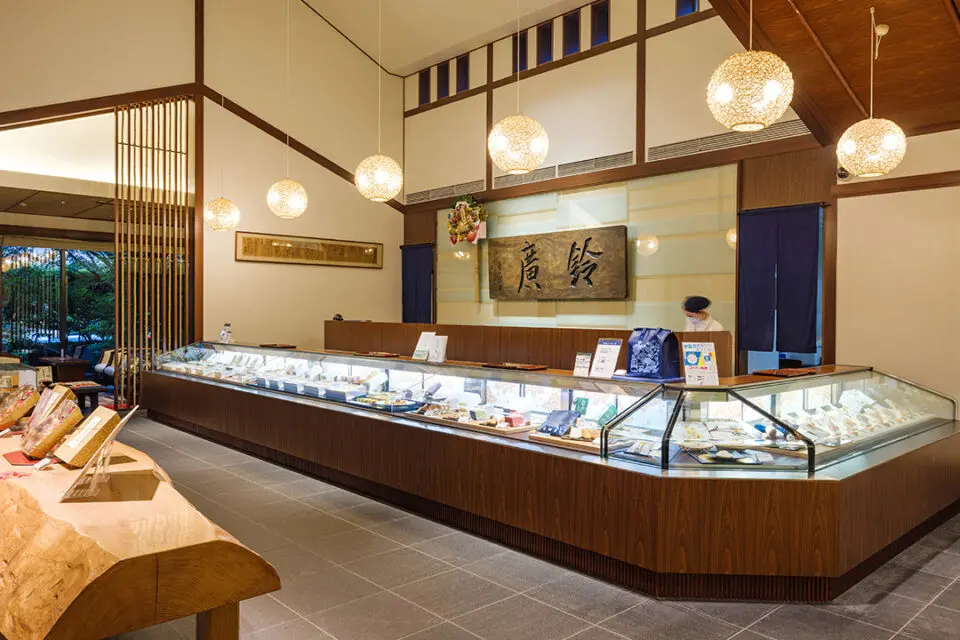
Why Go: A unique food-themed experience where you can learn how to make—and eat—kamaboko (steamed fish cakes).
Activities:
- DIY kamaboko making classes
- Factory tours and tastings
- Local food market with bento, sake, and fresh seafood
Fun for: Families with kids, foodies, and curious travelers.
Are You Prepared to Ride?
Your knowledge on how to take the train from Tokyo to Hakone ought to have reached the point where you are full of self-assurance. Your alternatives are set out, your passes have been deciphered, and you have travel advice in your back pocket. Excellent! What else is there to do left to do? Once you have purchased your ticket, you may begin your journey to one of the most popular vacation spots in Japan.
What are you waiting for? Hakone is calling, and the best way to get there is by rail. Whether you are looking for vistas of Mount Fuji, soaking in an onsen, or simply needing a respite from the hectic pace of Tokyo, we have you covered.
